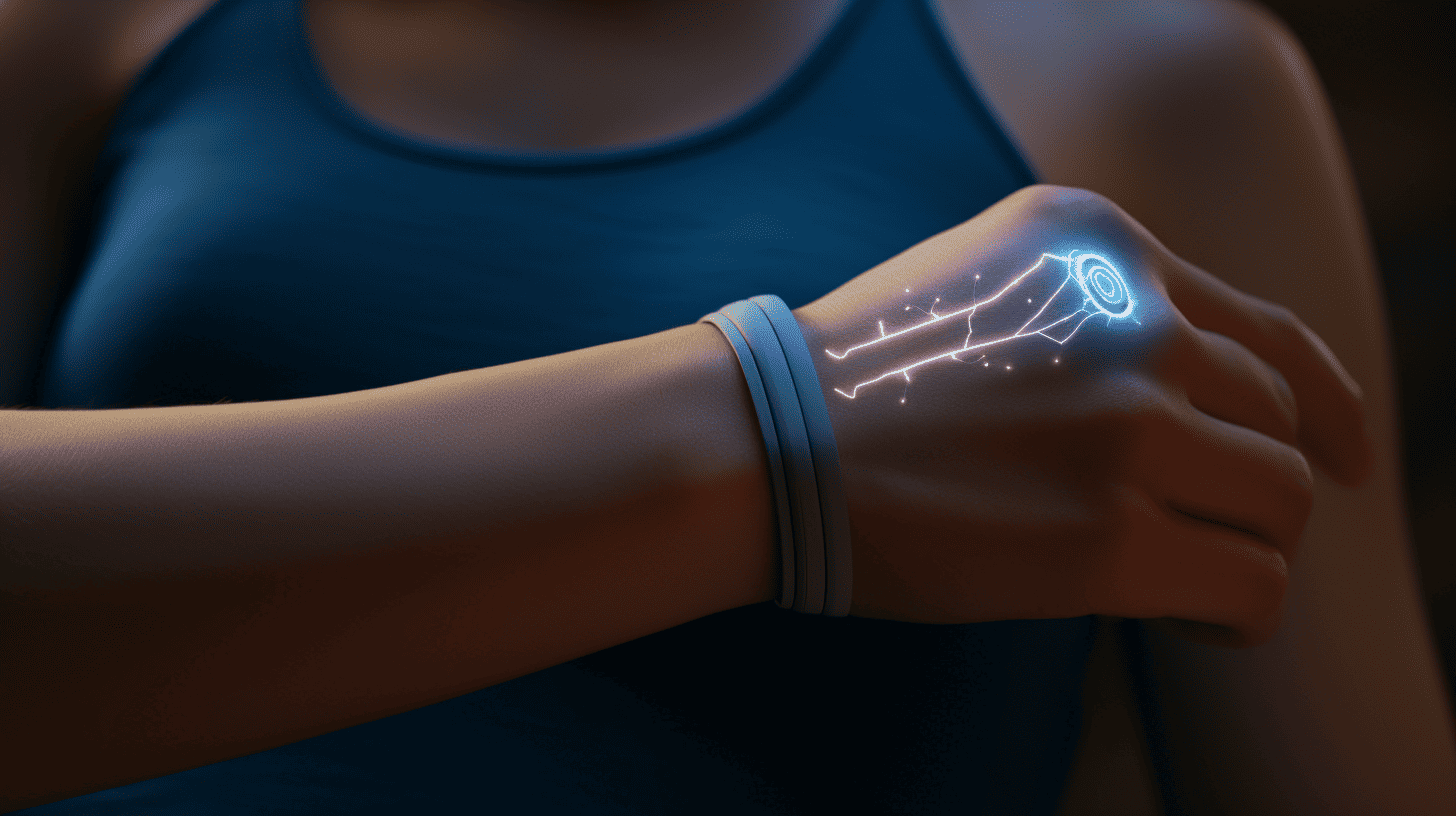
In today’s world, energy storage is gaining importance. Innovations in this field are evolving quickly. However, it’s easy to overlook one of the most remarkable power sources of all: the human body. We are, in essence, walking batteries, brimming with energy waiting to be tapped into.
Waarom je dit moet weten:
De wereld stapt langzaam af van fossiel. Een opmerkelijke, groene energiebron, is het menselijk lichaam.
With every beat of our heart, energy courses through our veins like electricity through wires. At the core of this phenomenon lies the biochemical process of cellular respiration, where glucose obtained from the food we consume is broken down to produce a molecule called adenosine triphosphate (ATP). We need ATP for storing and transferring energy within cells. Just as electricity powers our modern technological advancements, the bioenergetic processes within our bodies provide the energy source necessary for our survival.
To put it into perspective: The human body stores approximately 2,000 kilocalories (kcal) of energy in a day, in the form of glycogen in the liver and muscles, equivalent to approximately 2.32 watt-hours of electrical energy. In fact, it’s enough energy to power an electric kettle continuously for approximately one hour.

We could even generate energy from our movements and yes, believe it or not, even our sweat could be a power source!
So, What if we utilize our internal energy in ways that could revolutionize our daily lives? What if the human body’s power becomes the driving force behind our technological advancements?
Smart textile
This future is not just a distant dream. We already see glimpses of what’s to come.
Researchers from top institutions in China and the USA, for example, are pioneering the development of intelligent textiles capable of harnessing energy from the body. These textiles integrate so-called piezoelectric, thermoelectric, and photovoltaic technologies to capture energy from the wearer’s movements and body heat. These textiles, in turn, convert ambient energy into usable electrical power.
If they could design those types of textiles to be fashionable, like a stylish red jacket, I wouldn’t mind wearing it at all. Although, being able to read a message on your phone because of your bodily energy; that must feel somewhat strange.
This is an article from our magazine IO Next: Energy Storage. In the puzzle of our new energy system, balancing supply and demand for energy is the greatest challenge. And that’s why we dedicate this magazine to that crucial puzzle piece.

Medical technology
In the realm of medical technology, remarkable advancements have already been made in the development of implanted devices that harness bodily energy to sustain their operation. One notable example is the pacemaker. Modern pacemakers are equipped with piezoelectric or kinetic energy harvesting mechanisms that convert the mechanical motion of the heart’s contractions into electrical energy. This energy is then used to power the pacemaker, ensuring its continuous operation without the need for battery replacement.
Looking further into the future, researchers envision even more sophisticated biomedical devices, such as implants that, thanks to the power of the human body, release medications in response to real-time data.
A personal tapping point
Now, let’s go one step further. Picture a future where each individual has a standard electricity tapping point, like an electric car charging station. Don’t worry; the installation of such a point on your body is safe and will be covered by insurance. In the future, it’s considered a basic need. The world agrees that it’s a waste not to use the energy, and it can come in very handy in emergencies.
The tapping point has numerous advantages. When access to traditional power sources is limited or unavailable, you can connect your phone or smartwatch to your body. Moreover, consider the implications for emergency responders and military personnel. In high-stakes situations with limited access to traditional power sources, energy tapping points provide a lifeline. The human body could charge night vision goggles, tactical radios, or medical monitoring devices. That latter is also rather practical for athletes who want to monitor vital functions during their training, isn’t it?
What to do with excessive energy, by the way? We have it all figured out. In our futuristic world, everyone has their personal battery pack, as small as a tealight, discreetly embedded beneath the skin. This tiny battery captures the surplus energy generated by our bodies. It becomes nearly impossible to run out of power. That must be a great feeling.
Technology vs. Nature
When people think about energy storage, they often envision advanced technologies. But, as we can now imagine, energy storage doesn’t always have to be technologically complex. Let us not underestimate the power of energy sources that have existed since forever, including those that walk the earth on two legs.

